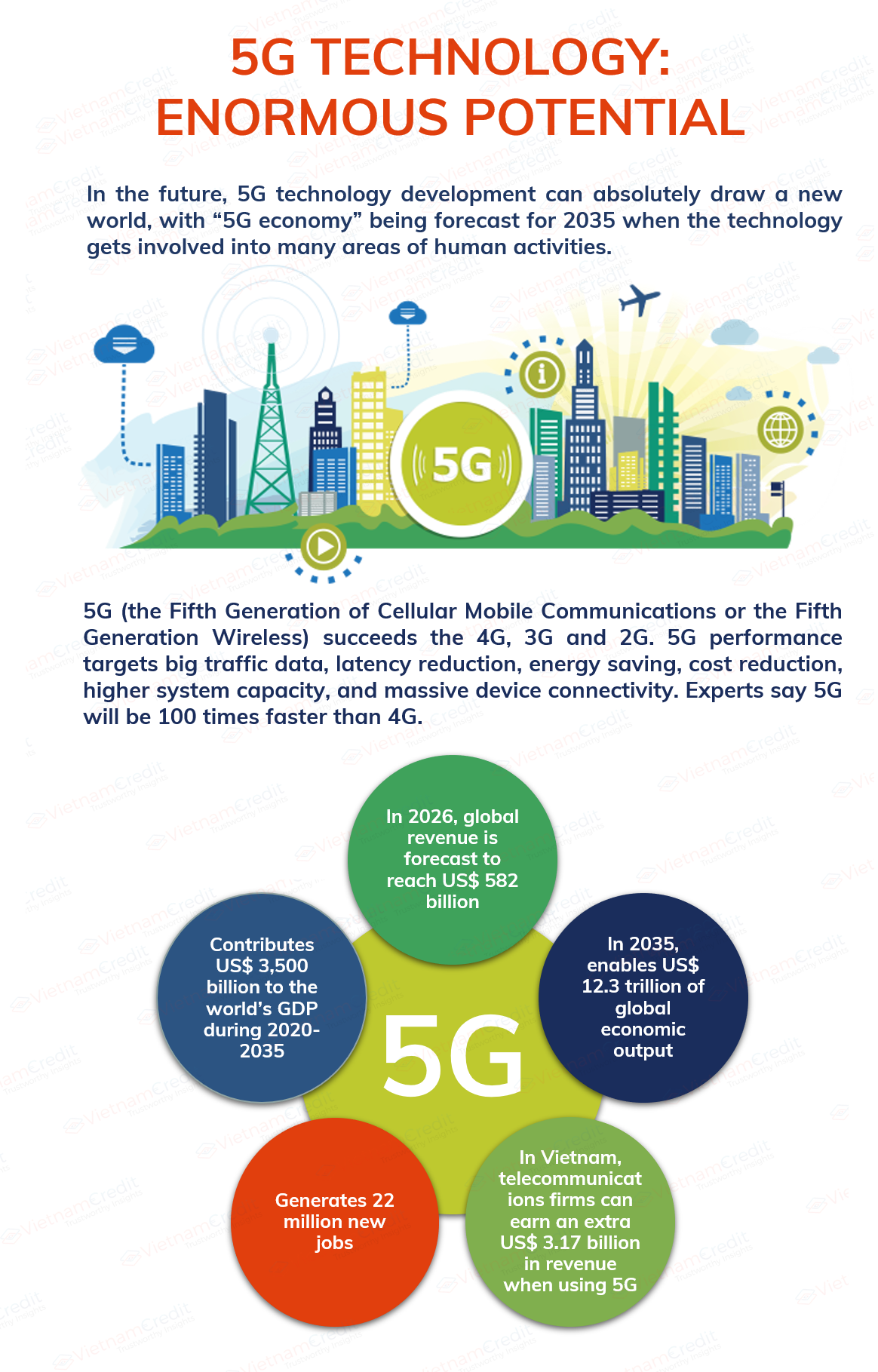4246 Insights
Your source for the latest news and information.
5G and Chill: How Fast Internet is Changing Our Lives
Discover how 5G is transforming your everyday life with lightning-fast internet. Find out what you’re missing in the digital age!
The Impact of 5G: How It’s Revolutionizing Communication
The advent of 5G technology marks a pivotal shift in the landscape of communication. Unlike its predecessors, 5G offers significantly faster data transfer speeds, reduced latency, and the ability to connect a multitude of devices simultaneously. This leap in technology not only enhances mobile connectivity but also fosters the growth of the Internet of Things (IoT). As cities begin to integrate smart technologies, the role of 5G becomes crucial in enabling seamless communication between devices, thereby revolutionizing how we interact with our environment.
Furthermore, the implications of 5G extend beyond just personal communication. Industries such as healthcare, transportation, and entertainment are poised to benefit immensely from this technology. For instance, telemedicine could progress dramatically, allowing for real-time patient monitoring and consultations regardless of location. Similarly, the transportation sector is likely to see advancements in autonomous vehicles, which rely on rapid data exchange to navigate effectively. In summary, the impact of 5G is profound, promising not only to enhance our communication capabilities but also to redefine entire industries in the process.

5G vs. Previous Generations: What You Need to Know
The advent of 5G technology marks a significant leap forward compared to previous generations of mobile networks. While 4G LTE dramatically improved data transmission speeds and network reliability, 5G takes it even further with a potential peak download speed of up to 10 Gbps. This faster connectivity enables new applications such as augmented reality, virtual reality experiences, and the Internet of Things (IoT), which can connect billions of devices seamlessly. It's essential to understand the differences between 5G and its predecessors, as this knowledge can influence decisions about upgrading devices and choosing mobile plans.
In addition to speed, 5G also excels in latency and capacity. Latency, the time it takes for data to travel from source to destination, is significantly reduced in 5G networks, making online gaming and real-time applications much more responsive. Furthermore, 5G networks have a higher capacity to handle simultaneous connections, accommodating the surge in connected devices in our increasingly digital world. As you consider the transition to 5G technology, it’s crucial to recognize these enhancements and how they can reshape various industries and consumer experiences.
Is 5G Safe? Debunking Common Myths and Concerns
As the rollout of 5G technology continues across the globe, questions regarding its safety have sparked fervent debates and widespread concerns. One common myth is that 5G technology emits harmful levels of radiation. However, scientific research indicates that the radiofrequency (RF) radiation from 5G is well within the safety limits established by international guidelines. Regulatory agencies such as the Federal Communications Commission (FCC) and the World Health Organization (WHO) have conducted extensive reviews and concluded that, when properly implemented, 5G is safe for public use.
Another prevalent concern is the potential impact of 5G on human health. While some critics claim that past wireless technologies have been linked to various health issues, the consensus among researchers is that there is no credible evidence directly connecting 5G to adverse health effects. The 5G signal operates at higher frequencies that, although different, have been shown to be safe in numerous studies. Simply put, the fear surrounding 5G often stems from misinformation, and it is crucial to rely on factual data rather than emotional speculation.